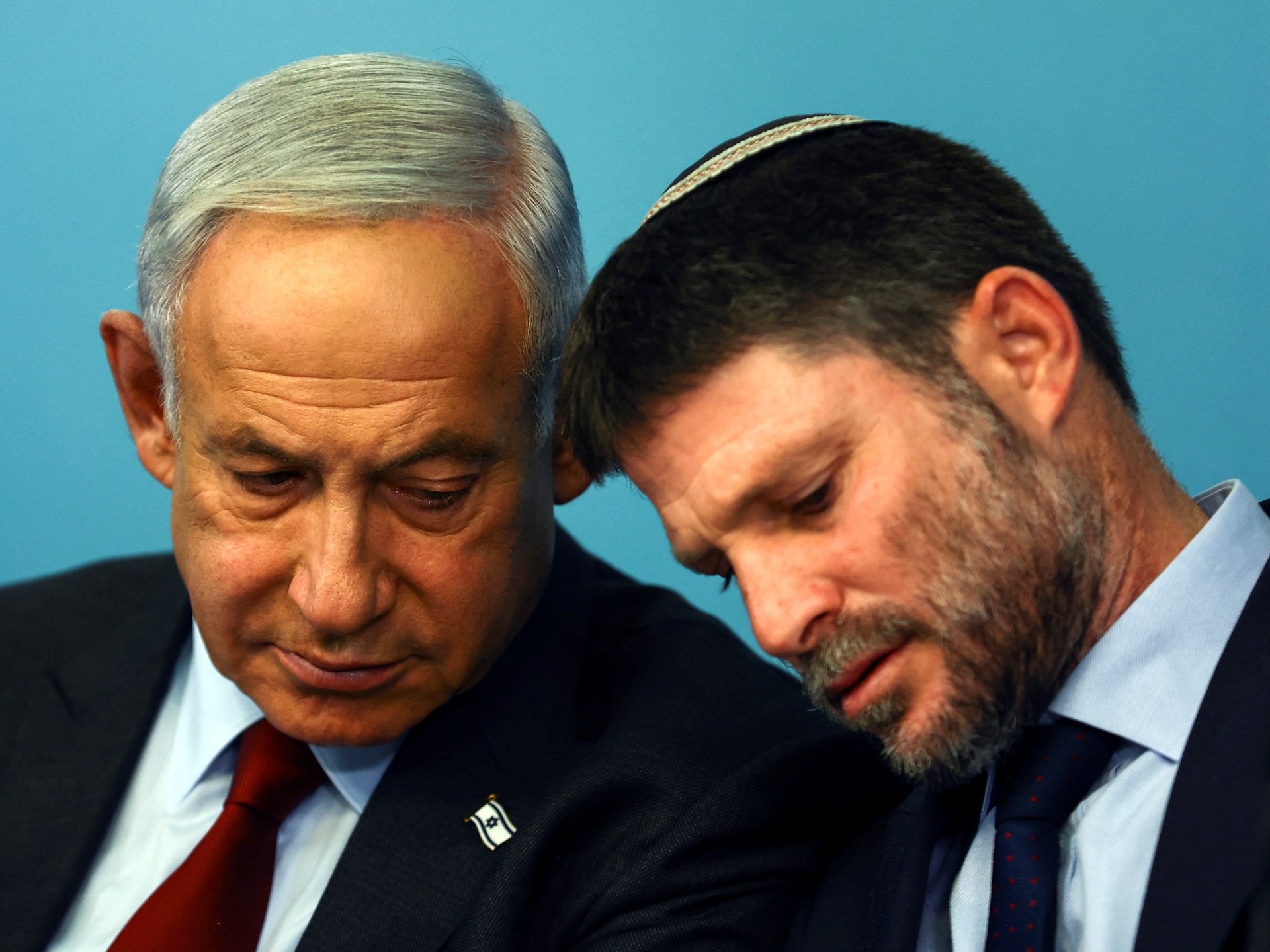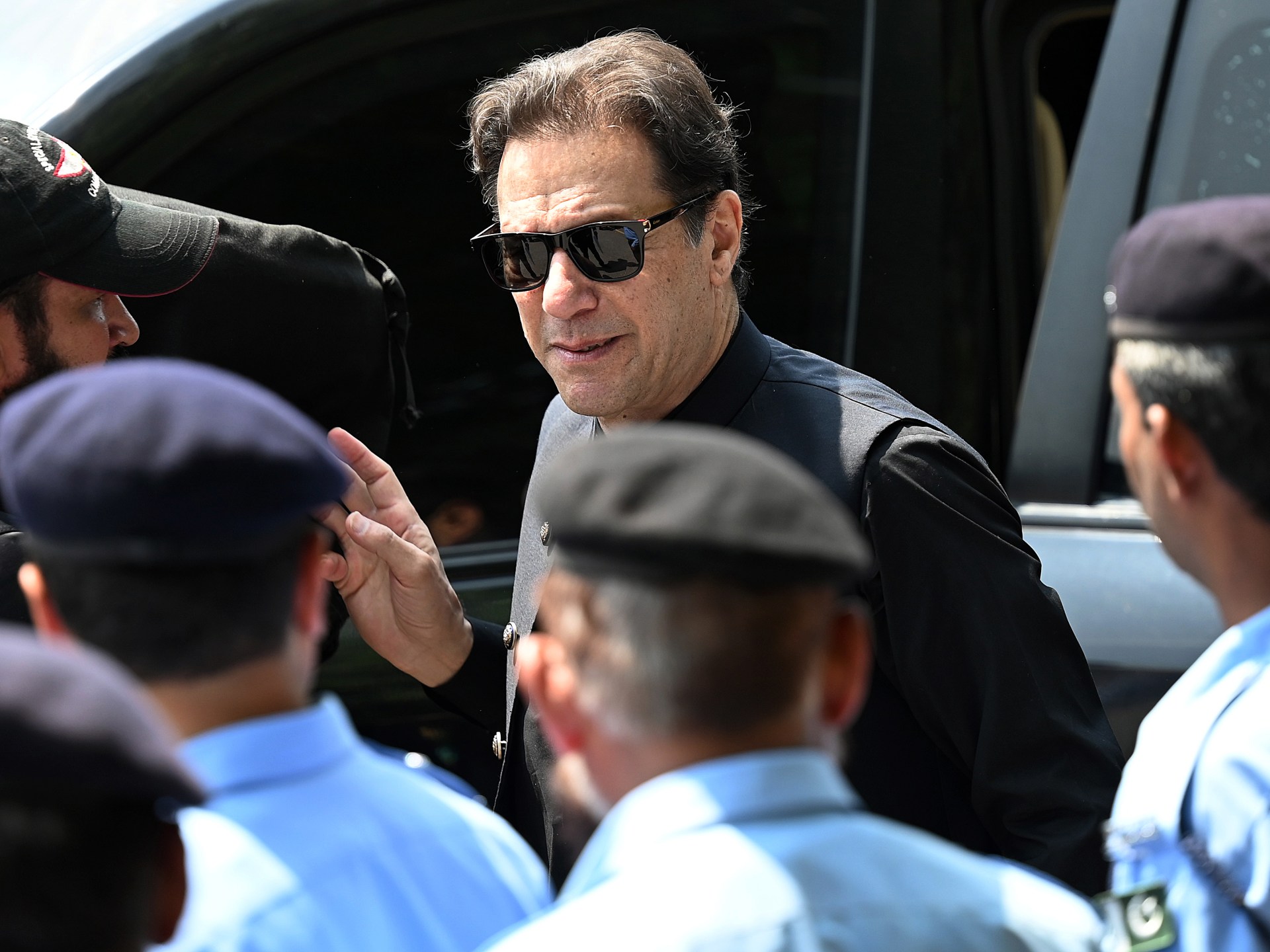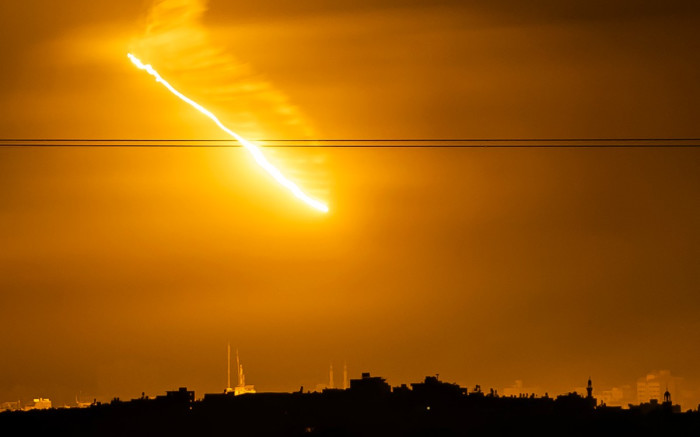
After 45 days and 48 games India’s biggest cricket party ended with a devastating blow from a ruthless Australian team That somehow ends with him playing and winning practically every other World Cup final.
When the dust settles on how and why India lost, the analysis will inevitably turn to the sustainability and relevance of the 50-over cricket format. At a time when attention spans seem to be dwindling and T20 cricket continues to inexorably dominate the sporting calendar, the future of One-Day Internationals (ODI) is once again under the hammer.
The ICC Cricket World Cup traditionally marks the start of the four-year cricket cycle, which is structured in the form of the Future Tours Program (FTP) and includes major bilateral series and ICC tournaments. But Cricket is changing rapidlyespecially due to the exponential growth of T20 cricket and its ever-increasing influence on all other aspects of the sport.
Money money money
As policymakers sit down to consider the future of cricket and distribute the next round of broadcast rights money from the International Cricket Council (ICC), one thing is certain: the richest are getting richer and the poorest could be a little less poor.
While the ICC declines to make its revenue distribution model public, several reports have detailed the breakdown of what is expected to be $600 million in annual profits, up from about $400 million in the period from 2017 to 2023, driven by new broadcast rights deals . India is by far the biggest winner, expected to gain around 38.5 percent ($231 million) of the ICC’s net trade revenue surplus.
England (6.89 percent) and Australia (6.25 percent) are the next biggest gainers, while the other nine full member states receive between 4.73 percent (New Zealand) and 2.8 percent (Afghanistan).
The remaining 11.19 percent, or approximately $67.19 million, will be distributed to the 94 associated member states.
The new model’s weighting criteria include a country’s cricketing history, its performance in ICC events and its contribution to the world body’s commercial revenue.
The impact of this new world order is clear – all nations will receive more resources, but the financial environment is anything but balanced.
The powerful Board of Control for Cricket in India (BCCI) has long argued that the distribution of funds should reflect India’s overwhelming contribution to the global cricket economy, making it increasingly difficult for smaller nations to keep up with its financial strength.
Twenty countries will compete in next year’s T20 World Cup in the United States and the Caribbean, while 14 nations will be represented in the 2027 World Cup. How some of these countries – many of which are still semi-professional – will compete with richer nations raises a lingering question.
“You only have to look at the finances to see that we are not talking about a level playing field,” said former Netherlands player and current high performance manager Roland Lefebvre.
“Low-placed Ireland will receive $18 million, while the Netherlands and the other top partner teams may be lucky next year and receive $2 million. With these amounts they need to pursue professionalisation, create and organize competitions and prepare cricketers for qualifiers and eventual ICC events.”
Lefebvre said the difference to full members is huge.
“With full members, it doesn’t matter what they do. They can lose any game and get their money without it affecting their full membership status,” he said.
“But with associated countries, there is something at stake in every tournament.”
How much is too much?
The number of ICC events and bilateral series across all formats, as well as the proliferation of lucrative domestic T20 leagues, are making the global cricket schedule burst at the seams. As a result, some countries will face difficult decisions.
South Africa were one of the best teams in the World Cup but risked direct qualification for the tournament by losing a bilateral ODI series to Australia earlier this year.
Cricket South Africa (CSA) needed its best available players for the inaugural SA20 national league, a tournament they had banked on, and were willing to forego the qualification points on offer in the series against Australia.
In February, South Africa will send a second Test team to New Zealand for a two-match series as it clashes with the second edition of the SA20.
Not only does this threaten to affect the quality of the series, but should South Africa lose both games, it could also affect their chances of qualifying for the World Test Championship final in 2025.
For a board to prioritize its own domestic competition over international cricket and the prospect of competing in major ICC events is a clear example of how a lack of funding can increasingly undermine international sport.
CSA is in a bind, struggling financially, but still trying to compete at the highest level. Sending a significantly weaker team on a test tour would once have been unthinkable; The fact that they are willing to do this sends a warning signal to the game as a whole.
Former Test captain Graeme Smith, who is the SA20 league commissioner, explained to Wisden Cricket Monthly magazine earlier this year the difficult decisions facing CSA.
“You want to see [Test cricket] strong, you want to see it played. But when a CEO or company is under financial stress, they will always make the decisions that can strengthen their business financially,” Smith said.
Cricket’s exclusive club
The Netherlands were one of the success stories of the World Cup despite being at the bottom. They qualified for the tournament as the only associate member, displacing full member countries the West Indies, Zimbabwe and the Republic of Ireland, despite receiving significantly less funding.
With wins over South Africa and Bangladesh and competitive performances against other teams, they proved themselves worthy participants. They have qualified for next year’s T20 World Cup but apart from that tournament, things are looking bleak for them to play against other top teams at the moment.
The ICC has scrapped the ODI World Super League (WSL), the system for deciding World Cup qualification through bilateral series that gave the Dutch valuable experience. In the next league cycle they will be relegated to the Cricket World Cup League 2 (CWCL2) to compete against other associated teams in a type of relegation.
There are only 12 ODIs scheduled in the CWCL2 each year and there is little incentive for full member states to play against these teams.
“The full members don’t give a damn about club cricket and inclusion,” said Lefebvre. “We performed incredibly well on a tight budget, prepared our players and were consistent. We have achieved a tremendous amount and it is completely wrong to demote Associate Cricket and put it aside.”
Lefebvre said the abolition of the Super League was due to commercial reasons.
Despite recent reports suggesting the WSL could be reinstated, Al Jazeera understands there is no proposal to be put forward at the ICC board meeting after the World Cup.
Cricket Australia CEO Nick Hockley believes the game must protect bilateral cricket and give it meaningful context.
“You have seen that some emerging cricket countries have done well, such as the Netherlands, and that some established countries have equally fallen short,” Hockley said.
“With an expanded T20 World Cup, there will be more opportunities for emerging nations to compete on the world stage.”

“Rapidly changing landscape”
Meanwhile, multi-year deals could be a growing trend as boards look to fend off the lure of lucrative franchise tournaments such as the Indian Premier League (IPL).
Midst England’s dismal World Cup season, in which the defending champions won just three matches, the England and Wales Cricket Board (ECB) announced central contracts for all but one squad member, as well as other Test and T20 players. Several players received two or three-year contracts for the first time.
Cricket Australia has offered longer-term contracts in the past and Hockley says the recently negotiated memorandum of understanding and increased salary caps for the men’s domestic T20 league, the BBL, are key to retaining the best players.
“There is more investment in cricket than ever before, which shows the appeal of the sport,” said Hockley. “We’re in a really competitive sports and entertainment landscape. In Australia we ensure we structure our contracts so that our top players are the highest paid athletes in Australia. We have increased the salary caps for both the women’s and men’s T20 leagues because we need to be globally competitive. It’s a rapidly changing landscape.”
Private equity is spreading worldwide. IPL franchises own all six teams in the SA20 and several teams in the established Caribbean Premier League as well as the ILT20 and MLC, tournaments being held in the UAE and the US for the first time this year.
Wealthier associations such as CSA and the ECB have so far resisted private equity investment but, like other associations, face significant challenges in remaining competitive in the market and retaining players while ensuring international cricket remains at the forefront Sports remains.
When the next World Cup comes around in 2027, we may see a very different cricketing landscape before us, but as for the tournament itself, the man who lifted the trophy on Sunday hopes it remains intact.
“I have to say, maybe because we won, but I fell in love with ODIs again in this World Cup,” Pat Cummins told reporters after the trophy presentation.
“I think the scenario where every game really counts means something different than just a bilateral game. The World Cup has such a rich history, I am sure it will last for a long time.”






Recent Comments